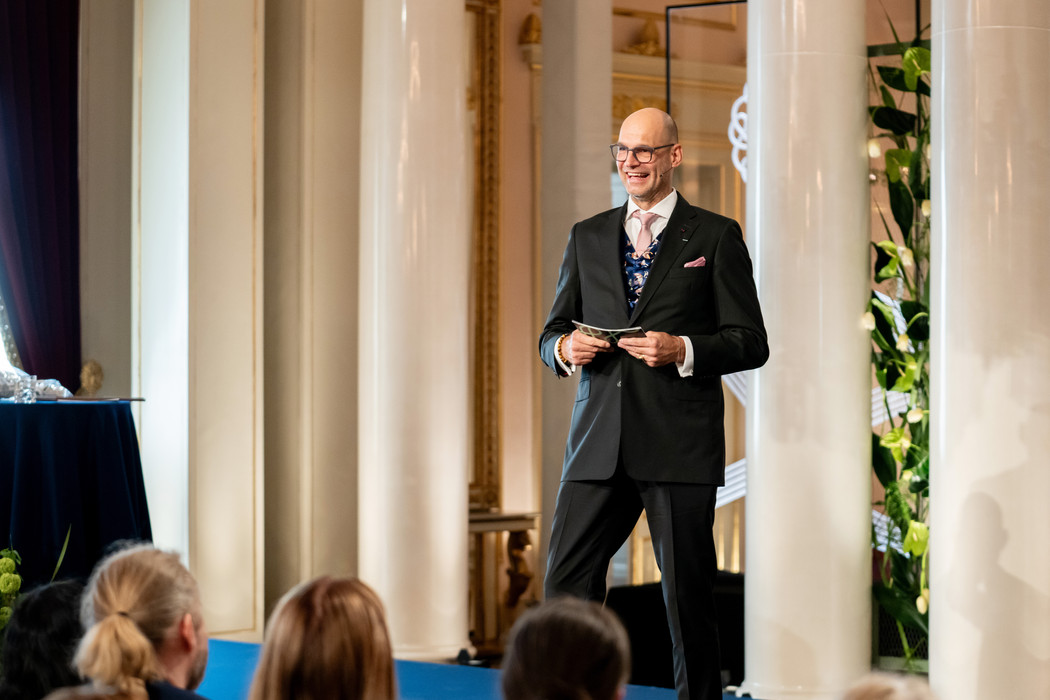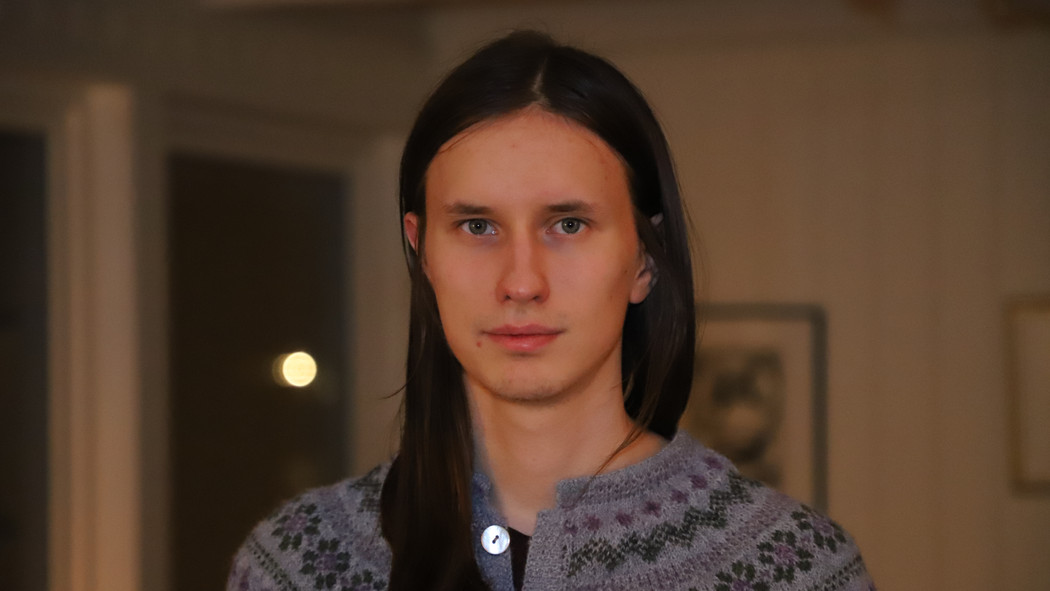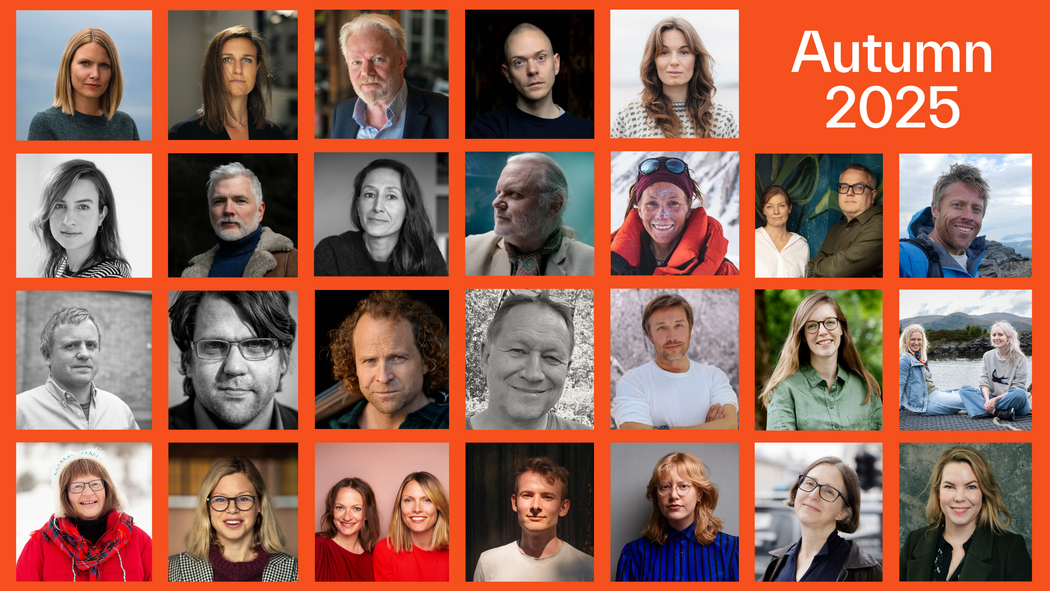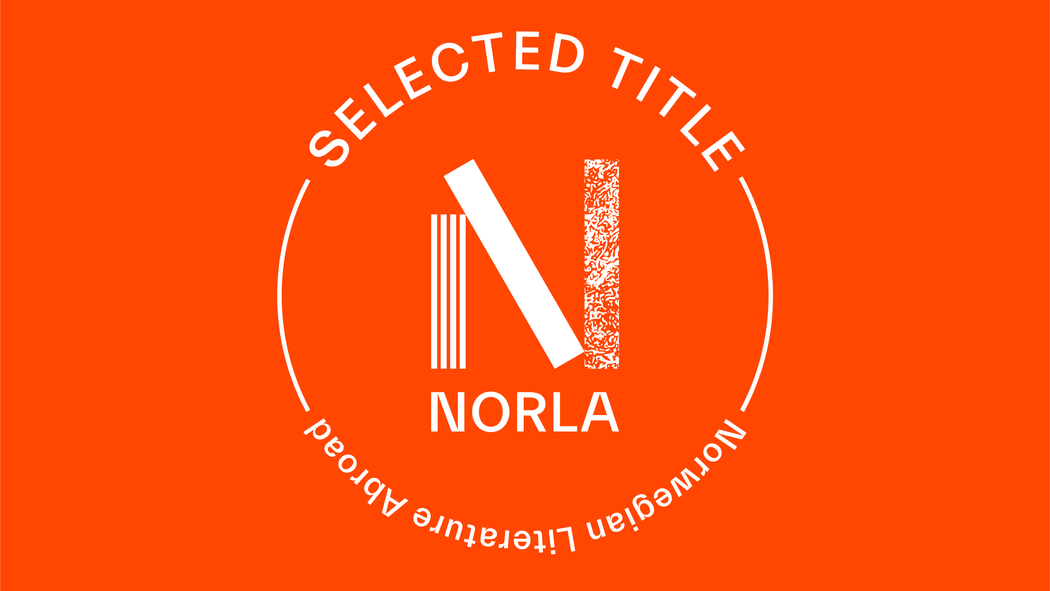The Fosse Prize for Translators 2025 - Read the acceptance speech
On April 24, the German translator Hinrich Schmidt-Henkel was awarded the newly established Fosse Prize in a dignified and splendid celebration at the Royal Palace in Oslo. He held a wonderful acceptance speech, and we are now thrilled to be able share his words, by popular demand.

Acceptance speech by Hinrich Schmidt-Henkel
24th April 2025 at The Royal Palace, Oslo
Your Royal Highnesses and patrons of the Fosse Lecture and the Fosse Prize for Translators, Minister of Culture and Equality Lubna Jaffery, Jon, my old friend and the Nobel laureate in whose name this Prize has been created, dearest Frank, everyone. There are many people whom I have a great deal to thank for, not least the Fosse Prize jury and organisers, the wonderful authors whose work I have had the pleasure of translating, and my publishers. There are two individuals I would like to thank in particular: the first is my dear friend of many years, and the source of my love for Norway and the Norwegian language – Oliver Møystad. If someone had told us 40 years ago that we’d be here today, we’d have called them crazy – yet here we are! The second is the woman who was so crucial in helping me work up the courage to make my first foray into translation, the legendary first director of NORLA, Kristin Brudevoll. Hurrah for Kristin!
Literary translation as an art form requires the artistic individual’s creativity, such as impulse, inspiration and expressive urge, all so that something new can be created, something entirely original in its own linguistic form which will also lend the original a new voice. And at the same time, all of us creative artists will be novices with each and every new work, each new line or note or pencil stroke. We are not naïve, but conscious novices, with all our knowledge and experience. This consciousness keeps us fresh and curious and humble, and it’s also a part of my gratitude for the Fosse Prize. In truth, I lack the words to express what this means to me on a deeper level. However, this much I can say with conviction – today I am the world’s happiest translator!
‘[…] Writing is nothing but putting words on the backs of rhythm,’ Virginia Woolf once wrote in a letter to Vita Sackville-West. But no, Virginia, writing is so much more than that: it is the portrayal of fantastic characters through the ages as demonstrated by Lars Mytting, or the arranging of intricate patterns of narrative structure, shown by Jan Kjærstad, or the invention of something as explosive as fartonaut powder by Jo Nesbø, and so on and so forth. Eventually, this must all be written down – with or without divine aid – and there, rhythm enters the picture.
‘Putting words on the backs of rhythm’, backs, plural. I love that. My own feeling for any text is fundamentally influenced by rhythm. I have a rhythmic perception of the sentence ahead of me, and the words are only right if they fit into that rhythm. This is true of all texts, but for certain authors it is particularly vital. Among these are Louis-Ferdinand Céline, Jean Echenoz, and of course, Jon Fosse. Rhythm within prose plays a crucial part in its aesthetic sensuality, in fact, it is indispensable, and, as Virginia continues: ‘If [the words] fall off the rhythm one’s done.’
For music or poetry with a fixed form, it’s a very straightforward task to check how well a rhythm works: tempo and metre are there to guide us. We can count the stresses of a hexameter or the syllables in a French alexandrine. But what about prose? There is no fixed meter or tempo. And yet it becomes immediately clear if the rhythm is right. What makes that so, specifically?
Fosse says something very beautiful: ‘If you follow Beckett’s rhythm, you’ll find the light. I can’t explain it, but […] when a text has rhythm, everything is as it should be, and the darkness turns to light.’
Well, ‘I can’t explain it’ doesn’t really help to determine when rhythm works in prose and why that might be the case. But nonetheless, each of you feels it instantly when it doesn’t work. A text becomes difficult to understand. A radio speaker who ruins the rhythm ruins any sense of understanding. A translator who ruins the rhythm… well, ‘you’re done’. You can feel it in your body when the rhythm is wrong. If you’re having a massage and the rhythm isn’t right, the experience is quite simply uncomfortable.
Is it even possible to scientifically explain how rhythm is created in prose? Beyond banal observations such as ‘use of words and sentences of different length’ – which, by the way, is the answer offered up by the artificial so-called intelligence. Is it possible? This appears to be one of those cases where art evades the instruments of cultural studies, to the despair of many a scholar… One thing is true, in any case: rhythm in prose is creative design within the artistic work, with language as its material.
Give a rhythmic text to three brilliant actors, and you will receive three very different, ingeniously creative interpretations. The same is true of translators.
Now ask yourself this: what exactly makes these artists outstanding? This could be the subject of a Fosse Lecture of its very own. One thing is certain: without individual creativity, it would be impossible. Or, in translation terms: only your own individual voice can offer you the possibility of taking on the voice of another.
It is obvious that certain authors have an ear for rhythm, such as Tomas Espedal, or many others in their prime, and most particularly Jon Fosse. This sets the standard for any translation, and for the translators’ own rhythmic abilities.
Congratulations, Norway, for producing such authors! Congratulations, translators of Norwegian literature around the world, for the existence of NORLA! And hurrah for Norway, for having created the Fosse Lecture and the Fosse Prize for Translators – as far as I am aware, no country has ever responded to the Nobel Prize for Literature by initiating anything of this nature. Many, many thanks for awarding me the Fosse Prize, and thank you to each and every one of you.
Thank you very much!



